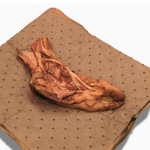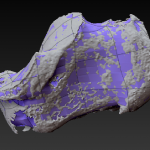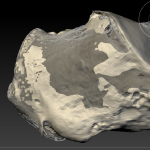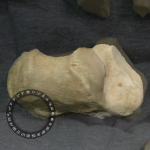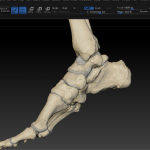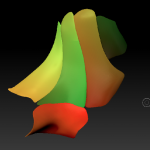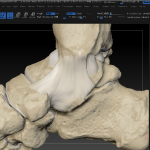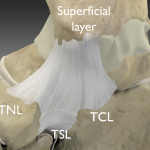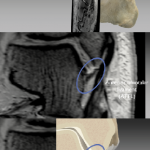Project Summary
This thesis project involved the creation of detailed visual tools aimed to improve radiological residents’ anatomical understanding and high-field 3-Tesla MR image interpretation of the deltoid ligament (a.k.a. medial collateral ligament complex) of the ankle. Photogrammetry models were created from the dissected specimens allowing interactive observation of the ankle dissections, and providing a spatial understanding of the deltoid ligament and surrounding structures. These models represent the specimens fairly accurately and provide a decent, though not ideal, substitute for individuals unable to view the specimens in person. A digital 3D model was produced utilizing CT, MR, surface laser scan, and photographic data. Created in ZBrush, it clearly shows the overall structure, layers, and ligamentous components of the deltoid ligament. This model was then utilized in an animation to demonstrate the anatomy and MR appearance of the deltoid ligament complex. The animation consists of three sections, which demonstrate the component anatomy, MR imaging characteristics, and injuries of the deltoid ligament. A narration guides the viewer through the animation and supplements the visual communications. Additionally, several novel and effective workflows were developed for this project that may prove useful in future medical visualization projects.

